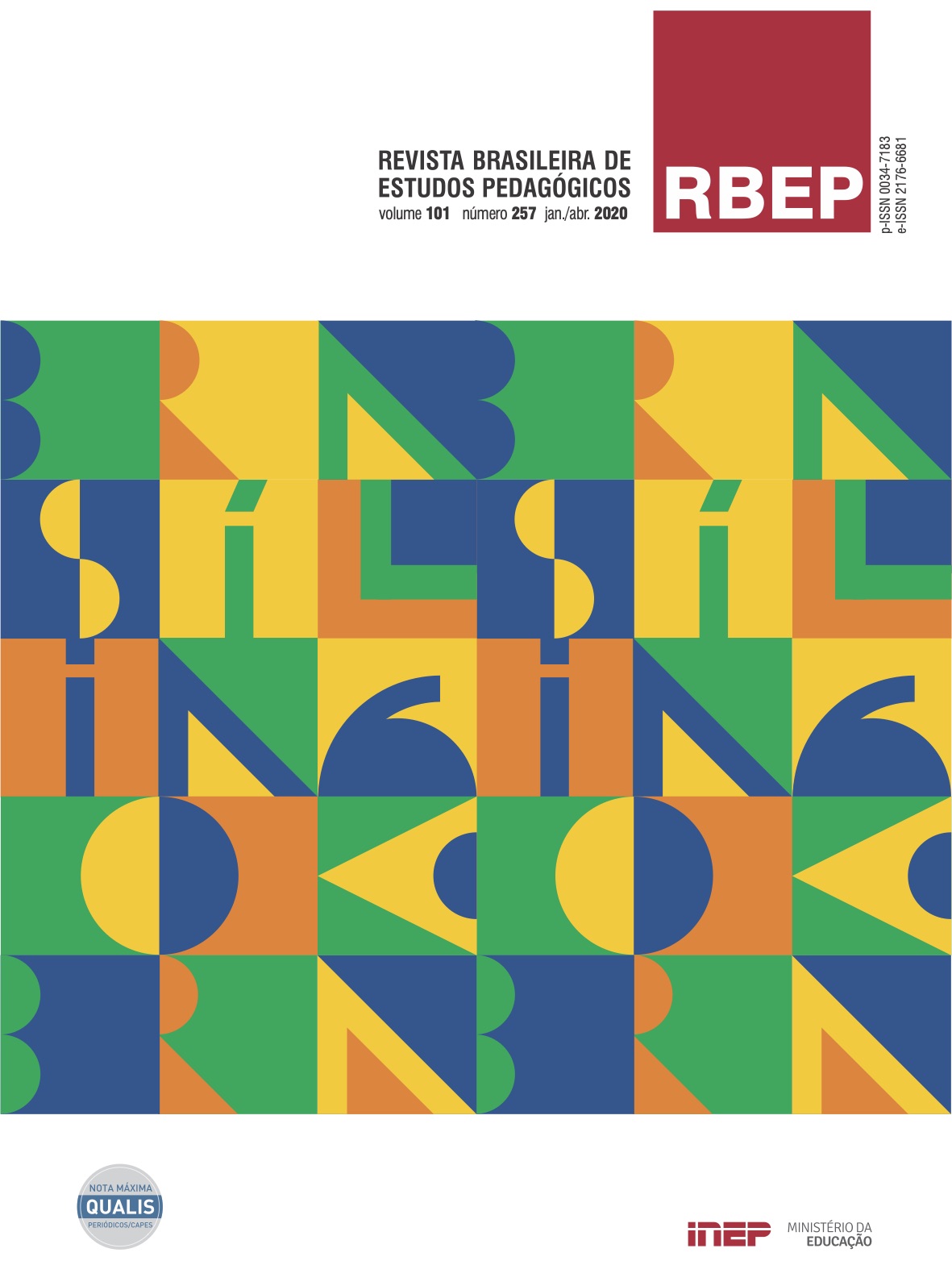Neuroeducational bases of the role of illustrations: a proposal for the analysis of a didactic book
Abstract
Illustrations in textbooks are important resources for student's understanding of what they represent. Colors, quality and level of illustration depiction may either aid or hinder the understanding of one’s message. This research aims to elaborate a sheet for the analysis of textbook illustrations based on learning principles that view cognitive functioning in relation to attention and memory. The methodological procedures adopted by Silva and Fonseca (2015, 2017) were used as inspiration, which considered: to identify theoretical justifications that aid in the understanding of learning through illustrations; to define the categories of analysis; to test the sheet of analysis by evaluating a chapter of a first-year high-school mathematics book. The theoretical framework consisted of educational approaches discussed in the fields of psychology, such as the Theory of Multimedia Learning, and some of the principles that support it, as well as notions of cognitive neuroscience regarding the attention and memory cognitive functions. The analysis sheet was functional and can be applied in several contexts involving the evaluation of graphic aspects in textbooks.
Downloads
Once their work is accepted for publication, author’s copyrights are automatically relinquished to the National Institute for Educational Studies and Research Anísio Teixeira (Inep).
Since 2016, the journal Revista Brasileira de Estudos Pedagógicos (RBEP) uses the licence CC-BY.
Partial or total reproduction of the content of this Journal is permitted provided that the original publication is properly referenced, as well as a link to license CC BY 4.0 and to indicate any possible alterations made to the article.




















